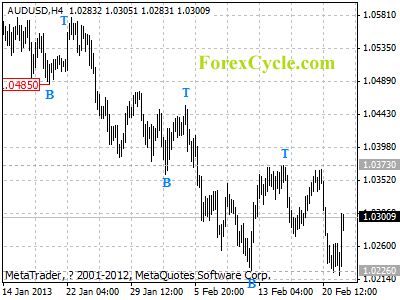By Harjeet
Infrastructural development mirrors the overall health of a nation’s economy. Physical infrastructure is directly proportionate to the growth and development of a country. The infrastructure sector in India comprising of roads and urban development, airports, energy, shipping and ports, and electricity has become a key driver of the Indian economy over the last five years.
The Government of India has always been quite forthcoming when it comes to the upgradation of infrastructure. There has been a strong focus on assuring effective implementation of associated projects though budgetary allocations, tariff policies, fiscal incentives, private investment sector participation and public-private partnerships (PPPs).
Infrastructure Development Finance Co (IDFC) Ltd has estimated that India’s spending on infrastructure is 8 per cent of the gross domestic product (GDP) as of March 2011 and it needs to be increased further to over 10 per cent of GDP by 2017 to sustain the growth targets.
Infrastructure sector in India is poised for a big leap and offers significant investment opportunities for US businesses and other investors.
Investment Opportunities for Non-Resident Indians (NRIs)/Person of Indian Origin (PIOs) in Indian Infrastructure
Global private equity (PE) funds looking for high return on investments are going to target Indian infrastructure companies in the coming years, says a report by research agency Preqin. As per the study, India is attracting the highest number of unlisted, closed-end funds that focus on a single country, making it the most preferred choice among emerging investment sectors in India.
Infrastructure PE funds investing in India can choose from sub-sectors such as power, telecom, roads and ports. The Preqin report says 74 per cent of India-focused funds will invest in greenfield projects, 84 per cent in brownfield assets, and 42 per cent will buy out the stakes of other PE funds.
India’s infrastructure sector will approximately entail an investment of US$ 1 trillion over the next five years, according to a report â Real Estate and Construction Professionals in India by 2020´ by realty consultant Jones Lang LaSalle. This includes work on the ambitious 7-phase National Highway Development Project (NHDP), India’s largest road project ever. Phase II, III and IV are under implementation. The Government through the National Highways Authority of India (NHAI) is using a variety of contractual structures in moving towards PPP in roads projects.
Investment opportunities for NRIs/PIOs exist in a range of projects being tendered by NHAI for implementing the remaining phases of the NHDP – contracts are for construction or Built-Operate-Transfer basis depending on the section being tendered. Over US$76 billion investment is required over the next 5 years to improve road infrastructure and Road sector investments expected to grow at 19 per cent per annum.
It is also estimated that about 97 million jobs would be created over 2012-22 across different investment sectors in the country due to which, India would potentially need to build an average of 8.7 billion square feet (sq. ft.) of real estate space every year, as per a report by prepared for Royal Institution of Chartered Surveyors (RICS). This would be a great attraction for NRIs/PIOs looking for opportunities to invest in the infrastructure segment.
About the Author
Harjeet is an Indian – born mass-market novelist, who covers the world internet related topics. He writes columns and articles for various websites and internet journals in the domain of Investments and Investing in India.




